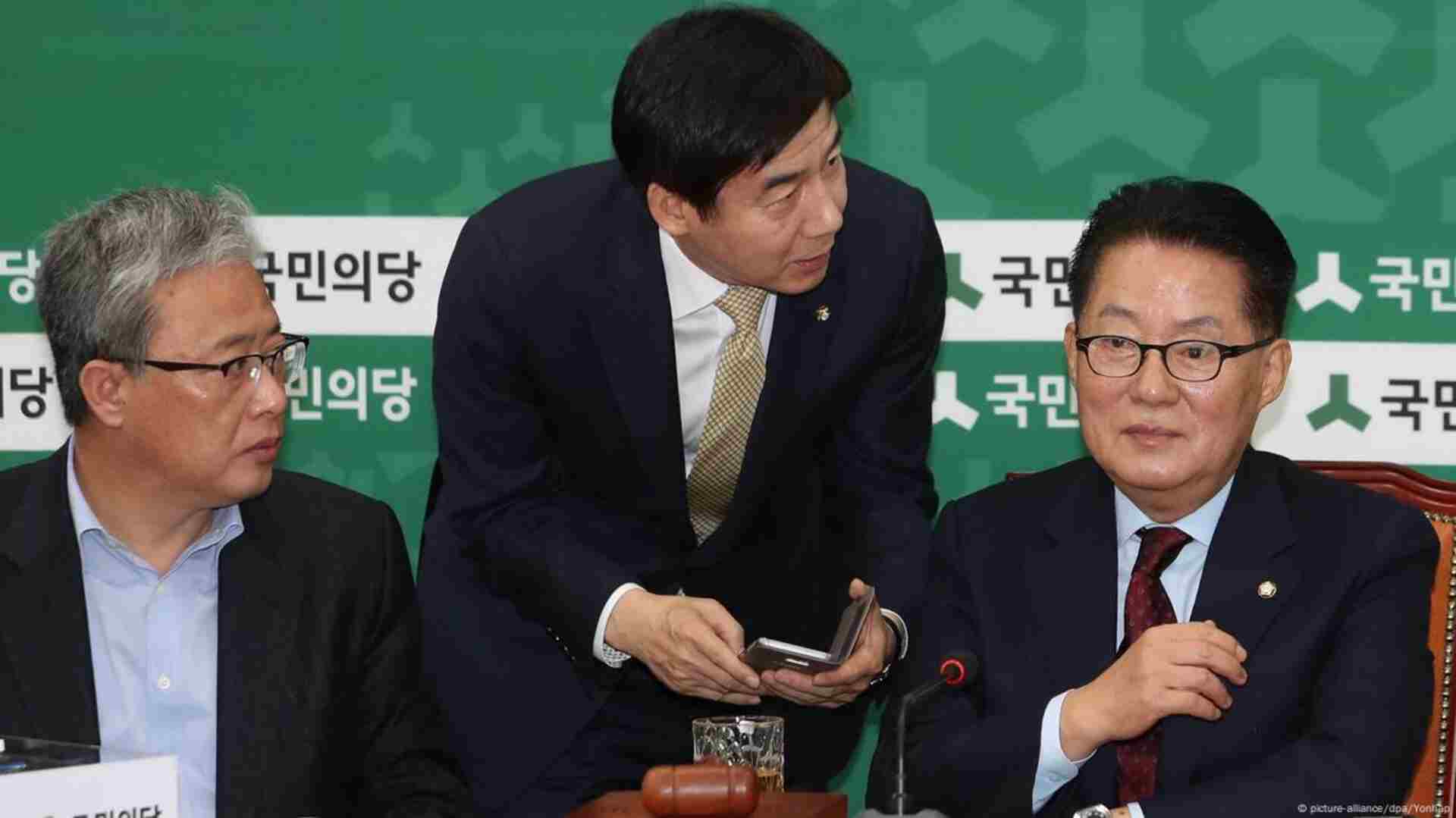South Korean President Yoon Suk Yeol is facing impeachment threats after declaring martial law on December 3, 2024. Opposition lawmakers have accused him of breaching his constitutional duties and committing an act akin to treason. Yoon lifted the martial law declaration just hours after opposition-controlled parliament rejected his attempt to ban political activities and censor the media.
Here’s a detailed explanation of how the impeachment process works in South Korea and the history of previous impeached presidents.
What Does the Law Say?
The South Korean Constitution allows parliament to file an impeachment motion against the president or any high-ranking public official if they are believed to have violated the Constitution or any law during the performance of their duties. For the impeachment of a president, a two-thirds majority vote in the National Assembly is required. For other officials, a simple majority is sufficient.
Once an impeachment motion passes, the Constitutional Court conducts a trial to assess the evidence and decide whether the president’s actions violated the law.
Does the Opposition Have Enough Votes?
The opposition Democratic Party currently controls parliament and has vowed to impeach President Yoon. With 192 seats, the party is close to the 200 seats needed for impeachment. However, some members of Yoon’s ruling People Power Party have criticized his martial law declaration, though it’s unclear if they will join the opposition in voting for impeachment.
Yoon is also facing mounting pressure for a special investigation into a scandal involving his wife.
What Happens After the Parliament Vote?
If the parliament votes to impeach, the president is temporarily suspended from power while the Constitutional Court conducts an impeachment trial. During this time, the prime minister acts as the leader of the country.
The Constitutional Court listens to arguments from parliament’s justice committee and the president’s legal team. The court has up to six months to make a ruling. A vote of six out of the nine justices is needed to confirm the impeachment, or it can be rejected. Currently, there are six sitting justices, with three vacant positions. It remains unclear whether the court would proceed with a ruling without the full complement of nine justices.
What Happens if the President is Removed?
If the president is removed from office, a new presidential election must be held within 60 days. The same applies if Yoon resigns—until a new president is elected, the prime minister assumes the president’s duties.
This process was last seen in May 2017 when South Korea held a presidential election following the Constitutional Court’s confirmation of the impeachment of then-President Park Geun-hye.
Historical Impeachments
- Park Geun-hye (2017): Park became the first democratically elected South Korean president to be removed from office. She was impeached in December 2016 after being accused of abusing her power in a corruption scandal. Some members of her own conservative party voted for her impeachment. After being removed, she was later convicted on criminal charges and sentenced to 20 years in prison, though she was pardoned in 2021.
- Roh Moo-hyun (2004): President Roh was impeached in 2004 for violating political neutrality requirements. However, the Constitutional Court rejected the motion, and he was reinstated to complete his term.























